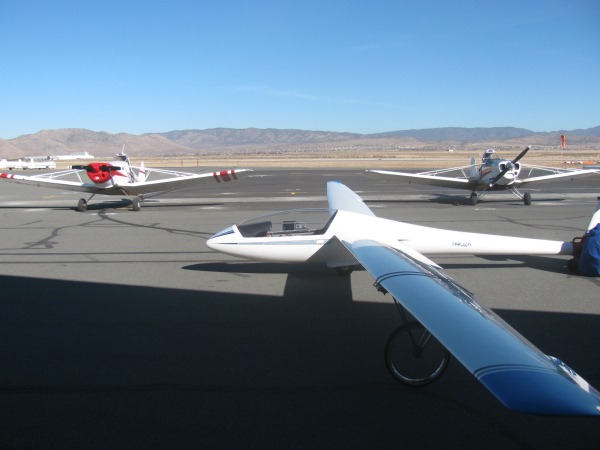
A Rolladen-Schneider LS4 sailplane, and two Piper Pawnee towplanes on the ramp at at Soaring NV
Scroll down for the audio interview!
When we decided to start developing a directory of glider operators, I thought it would be a simple task of gathering some info and posting it. After a few calls to some soaring clubs and a couple of commercial soaring operators, it was clear that there was a limitless amount of research that could be done. To streamline the info, it seemed that another interview (to supplement my recent interview with Tyler Westhoff about soaring in Hawaii) would be helpful.
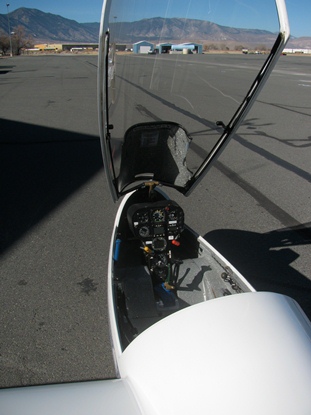
Inside the LS4
With this thought in mind, I loaded up my truck and headed out to find the prime soaring sites. It just happens that some of the most active soaring areas in the US exist on the east side of the Sierra Mountains. The Sierra run from Southern California up into Northern California and Nevada. There is a well know Mountain Wave on the east side and apparently some of the best soaring in the world. The world altitude record for Gliders was once set out of Bishop, CA. These days many of the Eastern Sierra soaring sites I came across were in Northern Nevada, near Reno and Lake Tahoe.
Laurie Harden of Soaring NV was kind enough to set aside some time to talk about the ins and outs of the glider flying business. Talking to Laurie made it clear that running a commercial glider operation has limited financial rewards, so you need to be pretty into glider flying to make it worthwhile. It was also clear that, for Laurie and her staff, the benefits were worth the sacrifice.
As a pilot looking for work, glider towing appears to be a valid place to start off. Towing gliders on a part-time or on-call basis also would be a great way to satisfy the flying bug if you had another job that paid the bills. Commercial operations like Soaring NV pay their tow pilots. Glider clubs may not. Some clubs may trade towing duties for some glider lessons or air time.
Getting a commercial glider add-on rating or a flight instructor certificate (CFIG) would provide another way to make money in the glider world. Getting an add-on rating would certainly increase your chances of getting a gig towing gliders.
Most glider operations use some sort of taildragger aircraft for towing, often old cropdusters. So taildragger time is a must. 150 hours in a taildragger appears to be the minimum. There may be ways around this, but you would need to bring something else to the table (for example, maybe you have a glider rating and 100 tows).
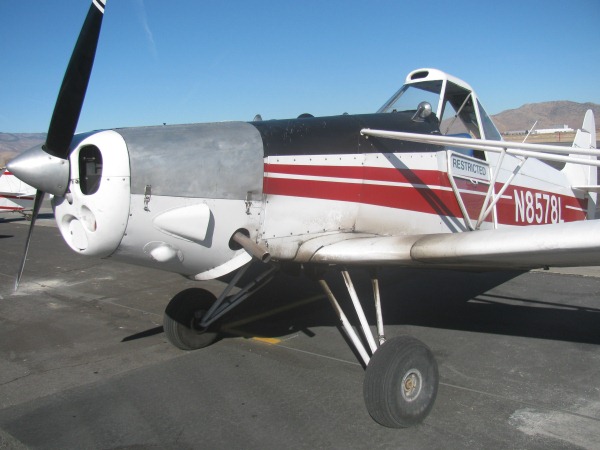
A Piper PA-25-260 Pawnee towplane
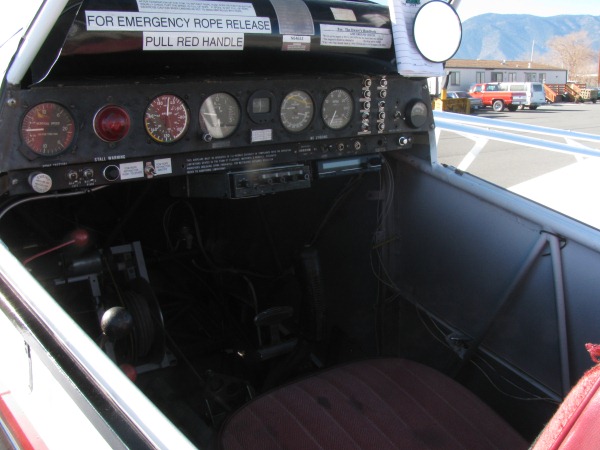
The Pawnee Cockpit
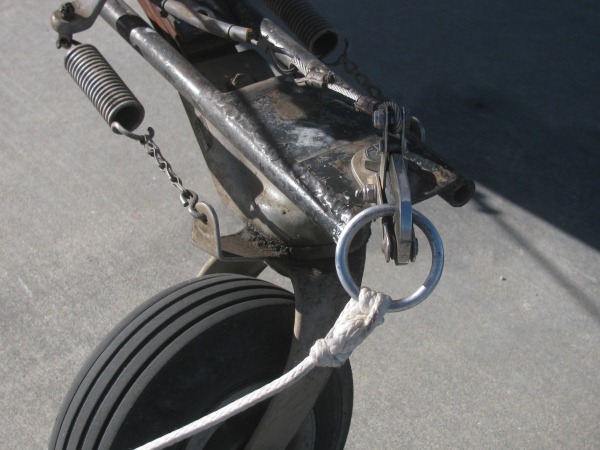
The towline attachment ring on the Pawnee
The work itself looks like fun. Glider flying is recreation to most pilots. The atmosphere is relaxed, with an emphasis on enjoying the experience of flying. In contrast, most commercial flying is all about getting the job done. Having a good time is a distant second. The fun aspect was evident when Laurie gave me a chance to go on an intro flight. I’ll try to get something written about that flight soon. It was interesting enough that I’m scheming up ways to get a glider add-on when I get a chance!
To learn more about oddball flying opportunities with gliders, check out our new Glider Operators Directory.
In this interview you’ll hear about:
- How Laurie learned to fly gliders at the age of 50 (with no powered airplane license), and started a glider operation.
- The main differences between glider clubs and commercial glider operations.
- The job opportunities (tow pilot, glider pilot, glider instructor).
- The advantage of being able to multi-task if you want to work for a glider operation.
- The seasonal nature of some soaring operations (and the flexibility it can offer both pilots and an operator).
- The requirements to become a tow pilot, the importance of taildragger time, and how much you’ll need.
- Why being a tow pilot is considered one of the most dangerous jobs in aviation.
- Why soaring is “a shrinking market.”
- The challenges of attracting young people to soaring.
- Why being a tow pilot is a great way to build time.
- Why learning how to fly a glider will make you a better pilot, no matter what type of airplane you fly most of the time.
- How some of the most passionate glider pilots are airline pilots who fly gliders for fun (one FedEx pilot’s longest flight in a glider out of Minden was 2,259 kilometers … over 13.5 hours)!
- Why glider clubs aren’t really competition for commercial operators (in fact, there’s a symbiotic relationship).
- Scholarships for glider training.
Interview
Press the Play icon to begin streaming the audio, or right-click the text link and choose Save As or Save Link.
[audio: laurie_harden_interview.mp3]Right-click to download the MP3 file (31 minutes – 29 MB)
Did you like this interview? Scroll down to leave your comments and questions!
Operators
You can learn more about Soaring NV at soaringnv.com.
For other operators, check out our Glider Operators Directory.
Videos
Some videos of Soaring NV in action:
Flight Simulation
Microsoft Flight Simulator X features a DG 808S 18 Meter sailplane, complete with a virtual towplane and soaring tutorials and missions. For an even more realistic soaring experience, Mike recommends these add-ons:
Aircraft
Scenery
There are also two well-known standalone soaring simulations that are highly recommended if you really want to get a feel for competitive glider flying:

Thanks for the information on glider towing jobs. I am doing my IR/CPL right now and this kind of flying looks like a great first job. Happy landings, Florian